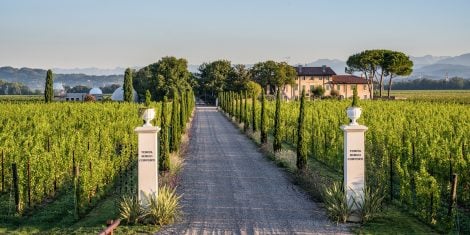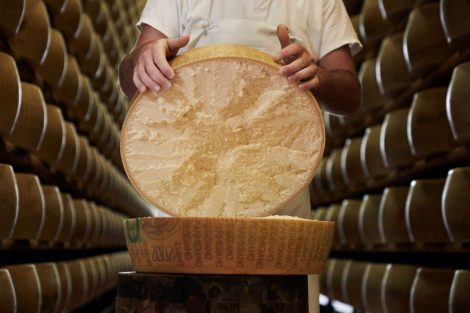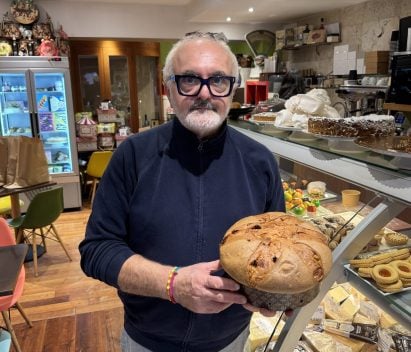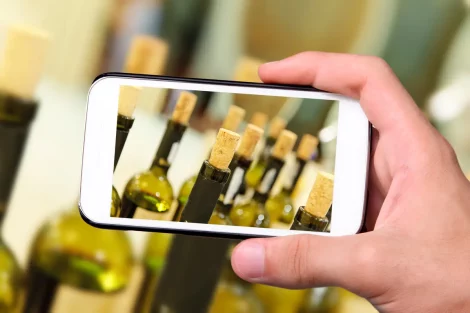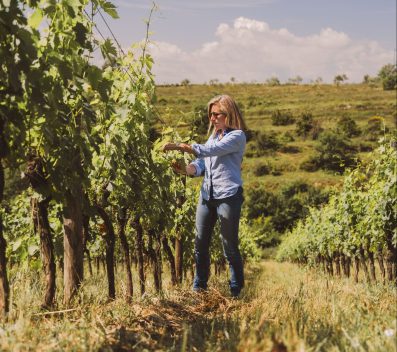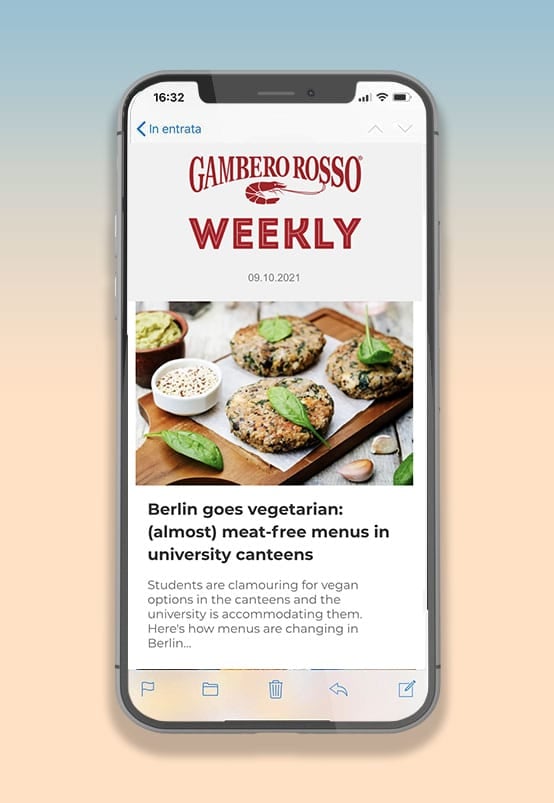A recent story built upon a much older foundation. Alta Langa has only existed as a denomination for 20 years, and yet it hails from those hills between the provinces of Asti, Cuneo, and Alessandria, where the very first Italian experiments with the Metodo Classico took place. The denomination, which has just been awarded the title of “Wine of the Year - Piedmont Region”, now has the opportunity to take a step forward, at least in terms of promotion.
Beyond the numbers, its development still lacks a fully defined identity. “It’s all still to be built. We’re at the beginning,” says Mariacristina Castelletta, president of the Alta Langa Consortium. We visited the region for an in-depth overview: the average quality of the wines is good, although there is still a lack of overarching harmony to convey a clear and shared identity for this sparkling wine.
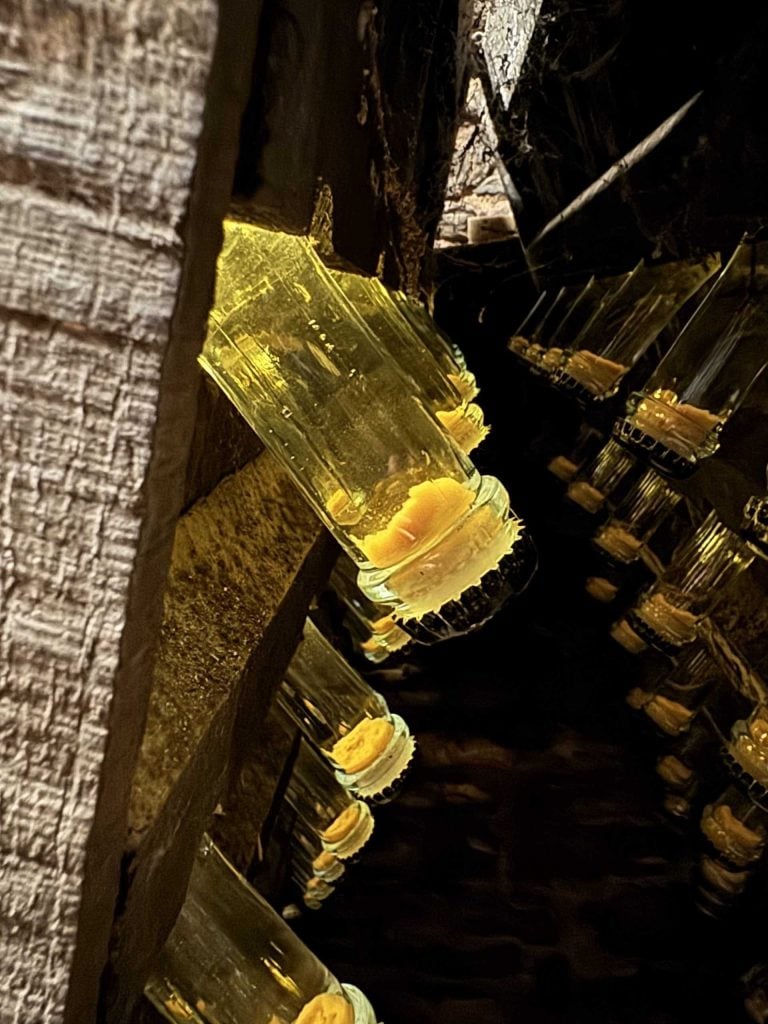
Alta Langa: a strict rulebook
“There’s huge potential here. What matters is that producers are willing to believe in and invest in this denomination. We must work to build a consistent style and continuously raise quality. It’s important to get known, so we can aim even higher,” says Alberto Cane of the Marcalberto winery.
This denomination stands out for its strict structure, with deep-rooted regulations in the official rulebook. “It distinguishes itself from other key Italian Metodo Classico wines – Franciacorta, Oltrepò, and Trentodoc – thanks to its production rules and, in part, due to many producers favouring pas dosé and extra brut styles. The wines are dry and bold, which may appeal to foreign markets, although in my view, the sometimes austere tone may be a limiting factor,” says Decanter editor Richard Baudains.
The minimum lees ageing period is a full 30 months, whereas Champagne – the benchmark for quality sparkling wines – requires “only” 15 months. The territory and vintage are tightly linked, as Alta Langa cannot be produced as a non-vintage wine: vintage declaration is key. Additionally, there is a minimum altitude requirement for vineyard cultivation: 250 metres above sea level. “The average vineyard altitude is 450 metres. The highest point nearly reaches 900,” explains agronomist Edmondo Bonelli. As for grape varieties, the focus is on Pinot Noir and Chardonnay, which must make up 90–100% of the blend.
“I believe such a strict rulebook helps weed out producers who don’t truly believe in the denomination or just want to add a sparkling wine to complete their range,” says Umberto Bera from his cellar in Neviglie. However, not everyone agrees; Alberto Cane expresses some reservations: “In Champagne, a vintage wine is seen as an elite product of that specific year. In Alta Langa, where every label is vintage, it’s difficult to communicate which products are high-end and which are more entry-level. We’ve complied with the rules, but we continue to make selections that may fall outside the denomination in order to differentiate our products.”
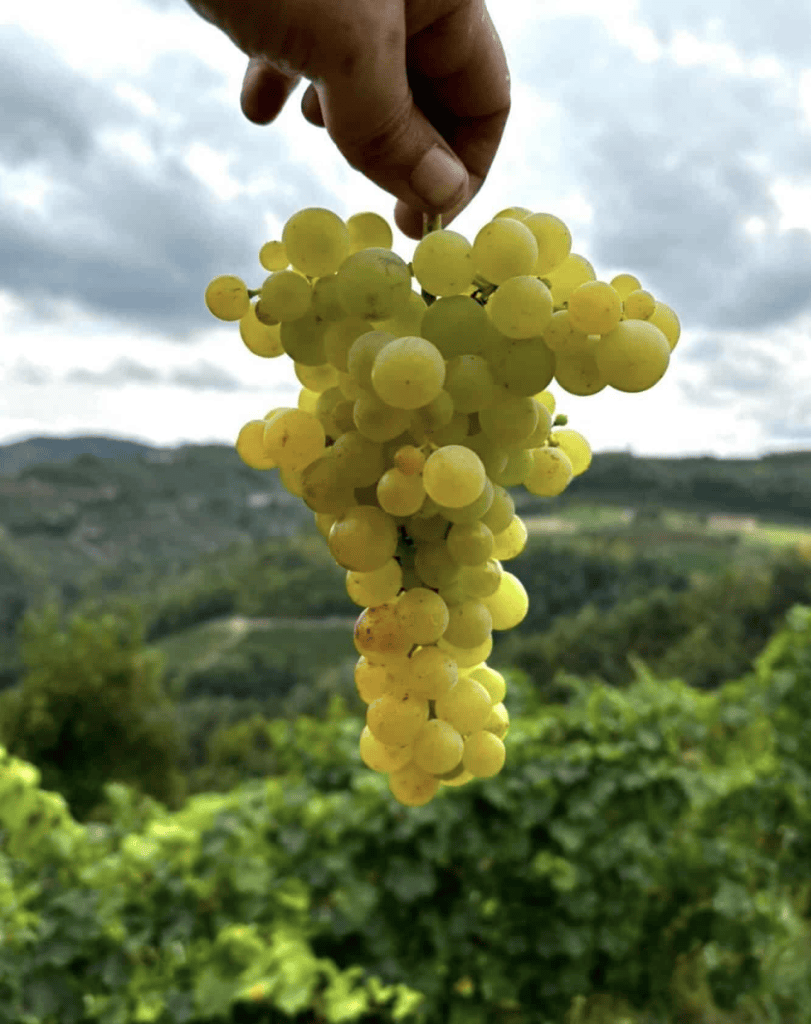
Working on Alta Langa’s identity
The denomination is young, and its evolving nature is still very much apparent. The boundaries are defined by the rulebook, and among producers, the idea of a common identity is slowly gaining ground. However, work is still needed on this front. It’s not that an identity is lacking, but rather that now is the time to fine-tune certain elements: aim for greater production consistency to make the denomination more recognisable and identifiable, without sacrificing the nuances provided by different soils and vineyard locations.
“Identity is more evident in producers who have been making sparkling wines for many years, less so in those who’ve only recently started – a normal situation for a developing denomination, but I hope this gap will continue to narrow alongside an increase in production volumes. For me,” explains Alberto Cane, “the future of Alta Langa lies in being a niche denomination: driven more by values than by big numbers. For now, I see the diversity of taste as a strength tied to the diversity of the territory. Quality must come first, followed by the construction of a shared vision of homogeneity.”
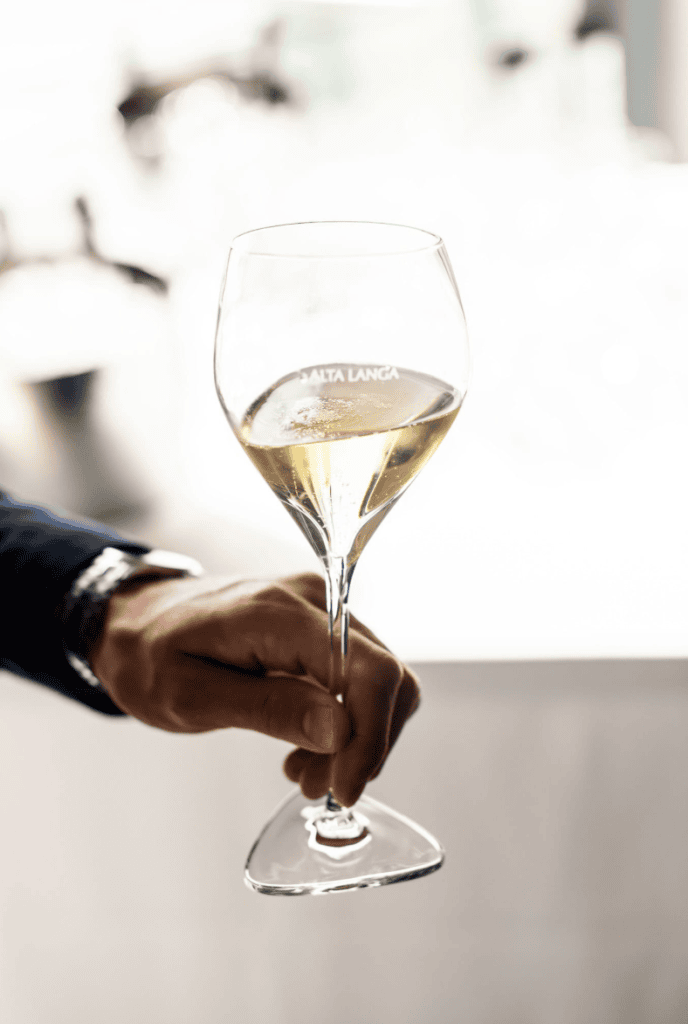
Alta Langa through the eyes of the world
Cane’s point is crucial, especially when speaking to an international audience. “If you mention Italian sparkling wines in the UK, everyone knows Prosecco. Alta Langa, for now, remains a well-kept secret and deserves greater recognition. Raising brand awareness requires in-depth communication, and a coherent and well-coordinated marketing strategy targeting the right segments,” says critic and photographer Will Wong.
Japanese journalist Yasuyuki Ukita agrees: “In Japan, Alta Langa’s presence is limited compared to Champagne, Cava, Prosecco, or Franciacorta. However, I was very impressed by the high quality. Depending on how it is promoted, I believe it has a strong chance of becoming the ‘next Champagne’ in the Japanese market.”
The competition with Champagne
Brianne Cohen, wine educator and writer from Los Angeles, is very positive in her assessment. “I see Alta Langa DOCG as a great promise, as it can leverage the Piemonte region’s reputation for high quality, led by Barolo and Barbaresco wines. The only challenge I foresee – not just for Alta Langa – is competing with Champagne in terms of both price and perceived quality. However, it can serve as a gateway for sparkling wine lovers looking for something different and unique.”
These views are echoed by Canadian Master of Wine Jacqueline Cole Blisson: “There is certainly room for international recognition and growth. My only concern is the prevalence of zero dosage wines. Perhaps as the wines mature and become more concentrated, this style will work better, but some wines could benefit from a few grams of dosage (moving into extra-brut territory) to balance the acidity and avoid overly austere finishes. Zéro Dosage wines are trendy among sommeliers, but I think we need to consider the end consumer: I suspect they’re not as fond of this dry style as we are in the trade. Something to think about!”
More than a gamble, Alta Langa represents a new concept: the vision of a denomination that is tailoring itself to a land with all the credentials to rise to prominence in sparkling wine production.

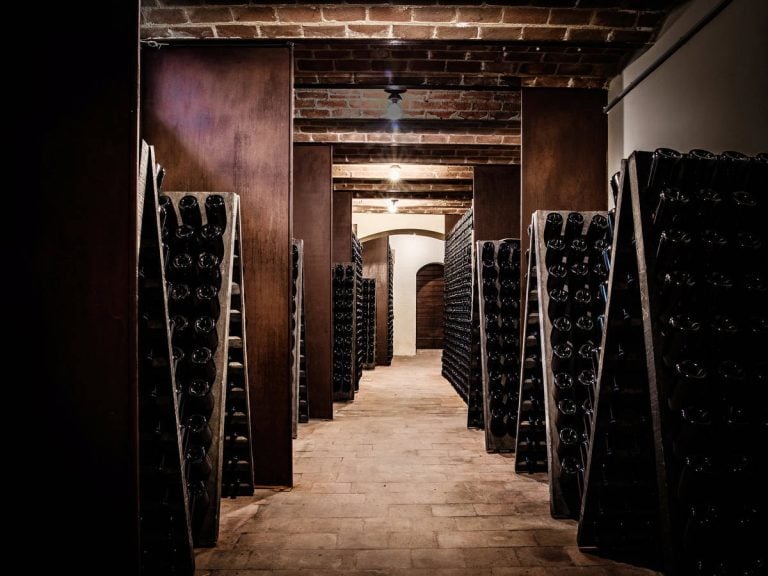
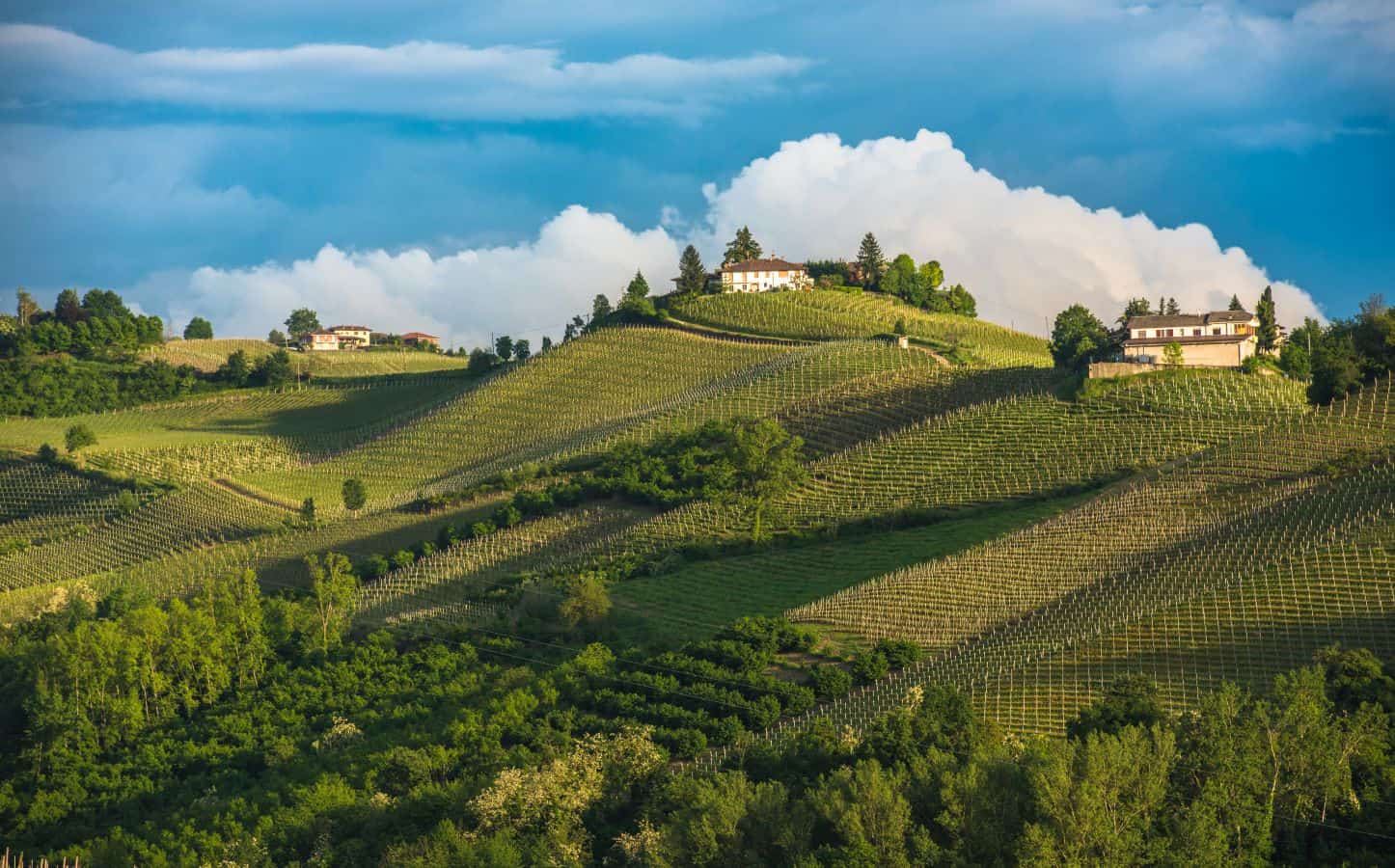 The UNESCO effect: tourism is growing, but there is a risk of losing identity
The UNESCO effect: tourism is growing, but there is a risk of losing identity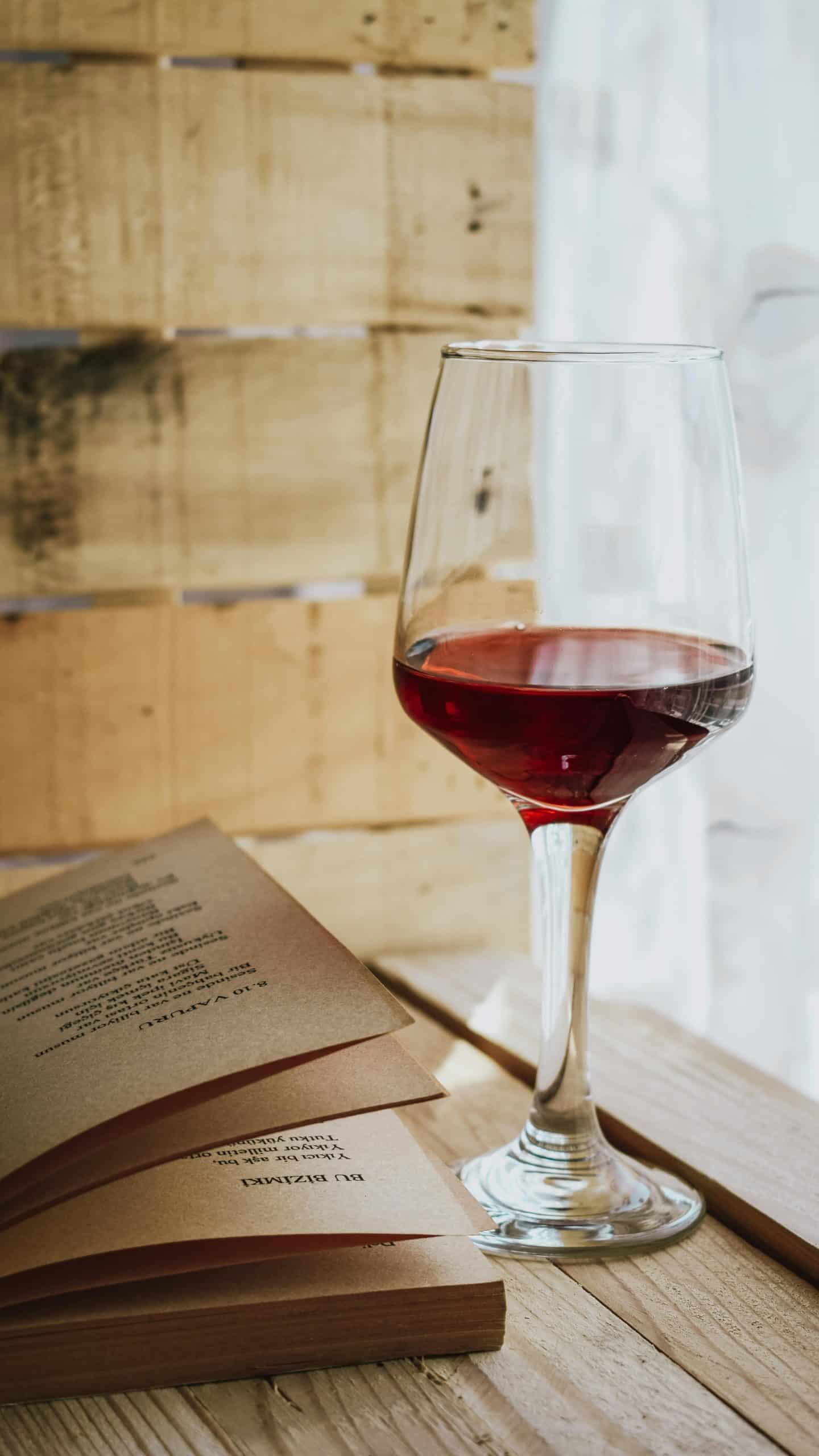 The perfect pairing? Wine and books
The perfect pairing? Wine and books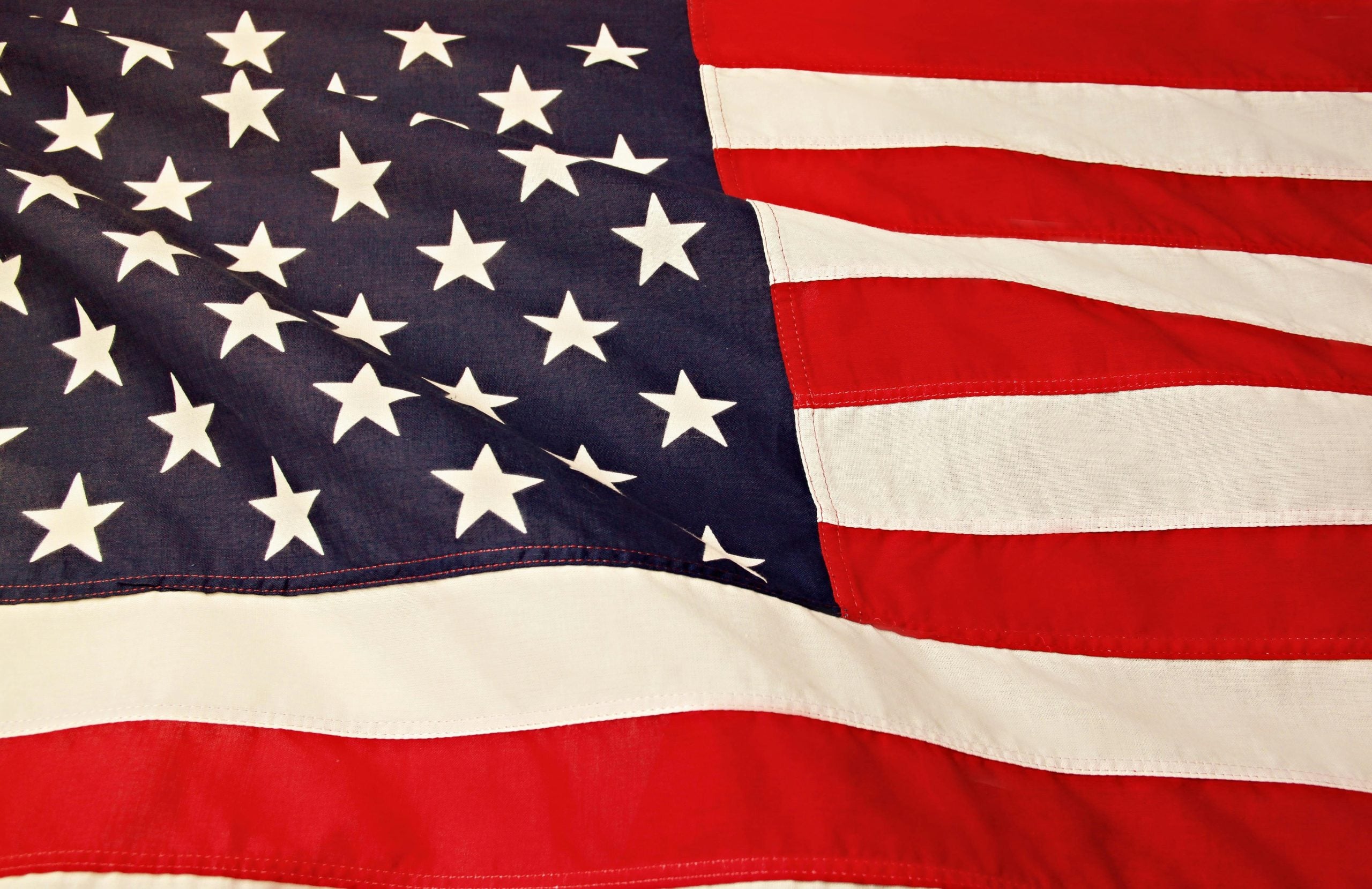 2025 was the year of Trump's tariffs – will 2026 be better for Italian wine in the US?
2025 was the year of Trump's tariffs – will 2026 be better for Italian wine in the US?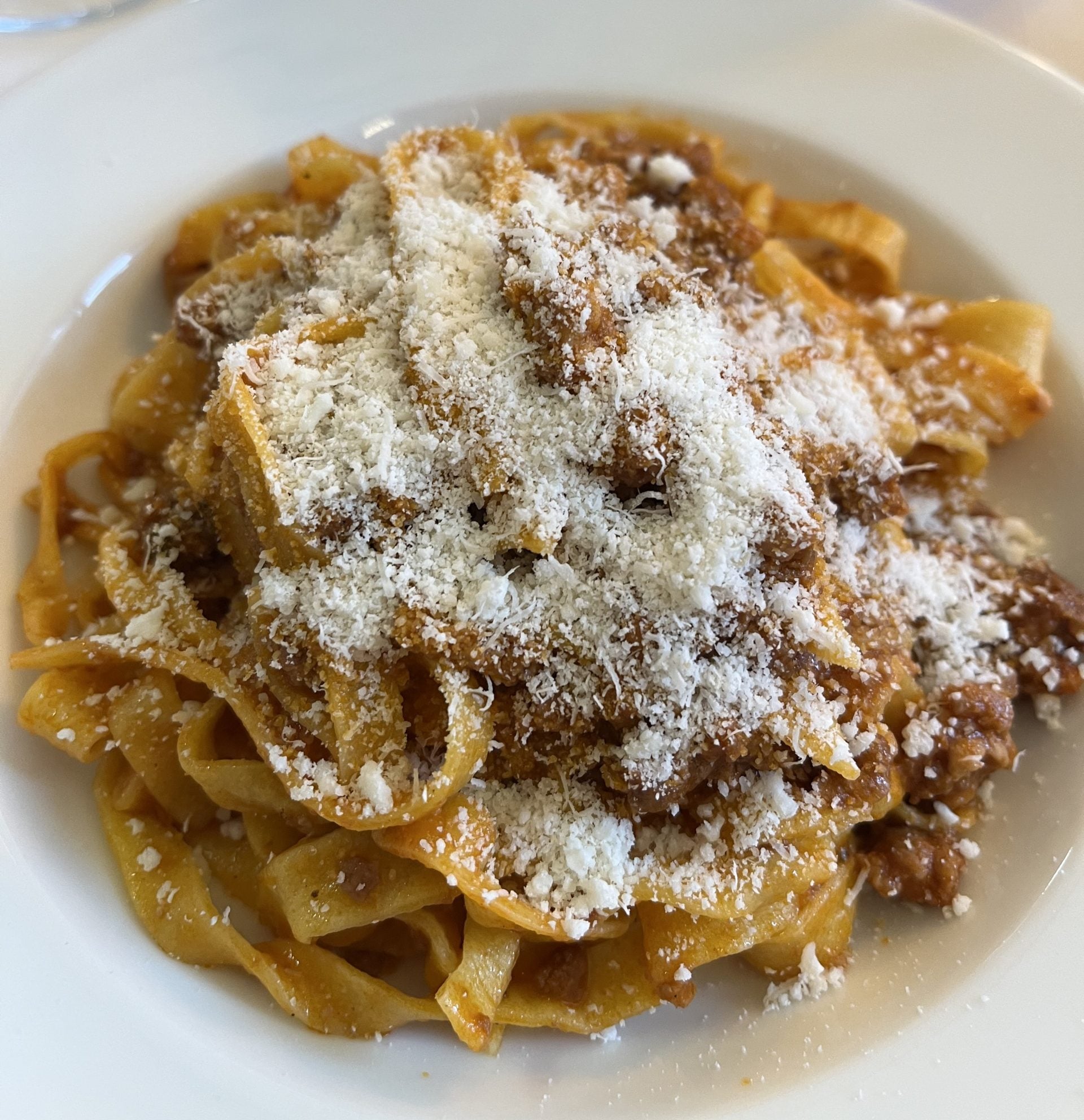 Italian cuisine recognised by UNESCO
Italian cuisine recognised by UNESCO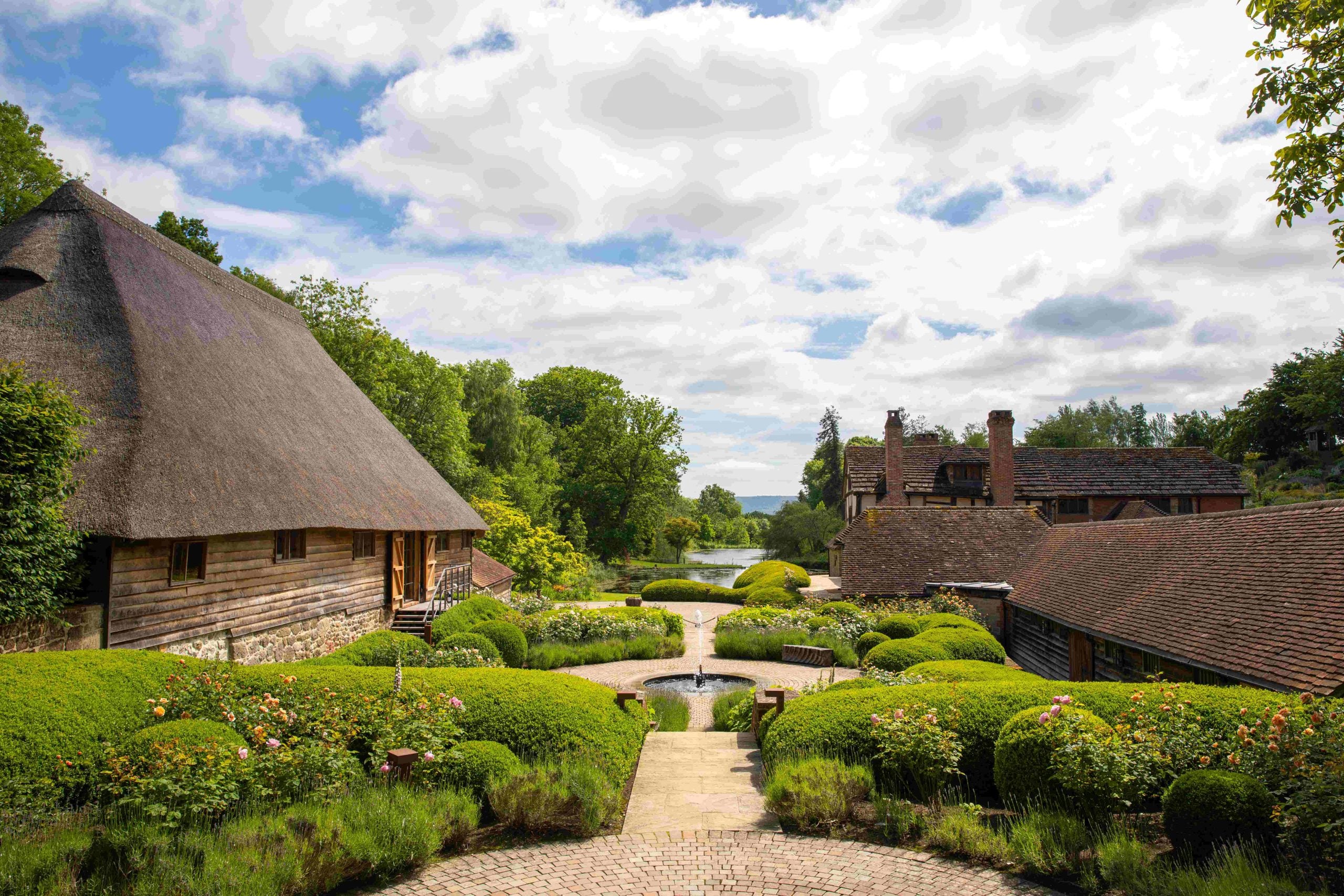 Where is English sparkling wine going?
Where is English sparkling wine going?